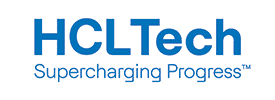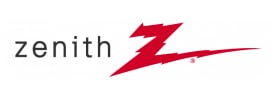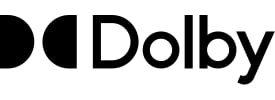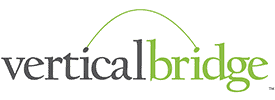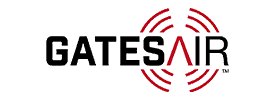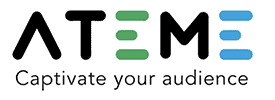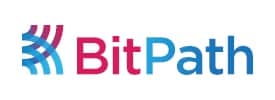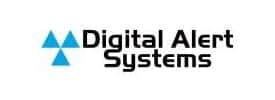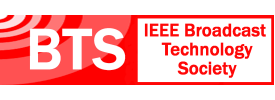- About
- Members
- Sponsors
- Subcommittees
- Technical Documents
- News
- Events
- Spotlight ATSC 3.0
- Contact Us
- Member Login
- Member Meetings
- Advanced Search
Search Site
Member Links
- About
- Members
- Sponsors
- Subcommittees
- Technical Documents
- News
- Events
- Spotlight ATSC 3.0
- Contact Us
- Member Login
- Member Meetings
- Advanced Search
Term
tap
Posted on April 1, 2015 in
A data structure used to establish a link from an object reference to a lower layer communication channel.
tap
Posted on April 1, 2015 in
A reference to a data resource, including but not limited to: a data elementary stream, a data carousel module, or a network resource.
tag
Posted on April 1, 2015 in
A piece of text that describes a unit of data, or element, in XML. The tag is distinguishable as markup, as opposed to data, because it is surrounded by angle brackets (< and >). For example, the element My 100 has the start tag , the end tag , which enclose the data “100”. To […]
table, PSIP
Posted on April 1, 2015 in
A collection of tables describing virtual channel attributes, event features, and others. PSIP tables are compliant with the private section syntax of ISO/IEC 13818-1.
table instance
Posted on April 1, 2015 in
A collection of re-assembled sections with a common table_id, table_id_extension, and version_number. Examples are the PSIP EITs and the Data Broadcasting DETs, where the source_id appears in the table_id_extension field to distinguish different instances of the tables.
table instance
Posted on April 1, 2015 in
Tables are identified by the table_id field. However, in cases such as the data event table, several instances of a table are defined simultaneously. All instances are conveyed in transport stream packets of the same PID value and have the same table_id field value. Each instance has a different table_id_extension value.
table instance
Posted on April 1, 2015 in
Tables are identified by the table_id field. However, in cases such as the RRT and EIT, several instances of a table may be defined simultaneously. All instances have the same PID and table_id but different table_id_extension.
table
Posted on April 1, 2015 in
The collection of re-assembled sections bearing a common version number.
table
Posted on April 1, 2015 in
The collection of re-assembled sections bearing a common table_id and version number. Note that this definition of table constrains version-number to apply to the collection of sections as contrasted to each section.
Systematic
Posted on April 1, 2015 in
A property of a code in which the code word is composed of the original data in its sequential order followed by parity data for the codeword.
News Categories
News Archives
Subscribe
Subscribe to The Standard, our monthly newsletter. Learn More
Join ATSC
ATSC is a membership organization with both voting and observer categories. Voting members include corporations, nonprofit organizations, and government entities, and they participate actively in the work of ATSC. Observers are individuals or entities not eligible to be a voting member.
Subscribe to our Newsletter
Subscribe to The Standard, our monthly newsletter, to stay up-to-date with ATSC news and events around the world.
Site Links
Contact Us
ATSC
1300 I Street NW, Suite 400E
Washington, DC 20005 USA
Do you have questions about ATSC?
About ATSC
ATSC, the Broadcast Standards Association, is an international, non-profit organization developing voluntary standards and recommended practices for digital terrestrial broadcasting. Serving as an essential force in the broadcasting industry, ATSC guides the seamless integration of broadcast and telecom standards to drive the industry forward. Currently, the ATSC 3.0 Standard is providing the best possible solution for expanding the potential of the broadcast spectrum beyond its traditional application to meet changing needs. From conventional television to innovative digital data services, ATSC has one clear goal: to empower the broadcasting ecosystem like never before.
© 2025 ATSC




